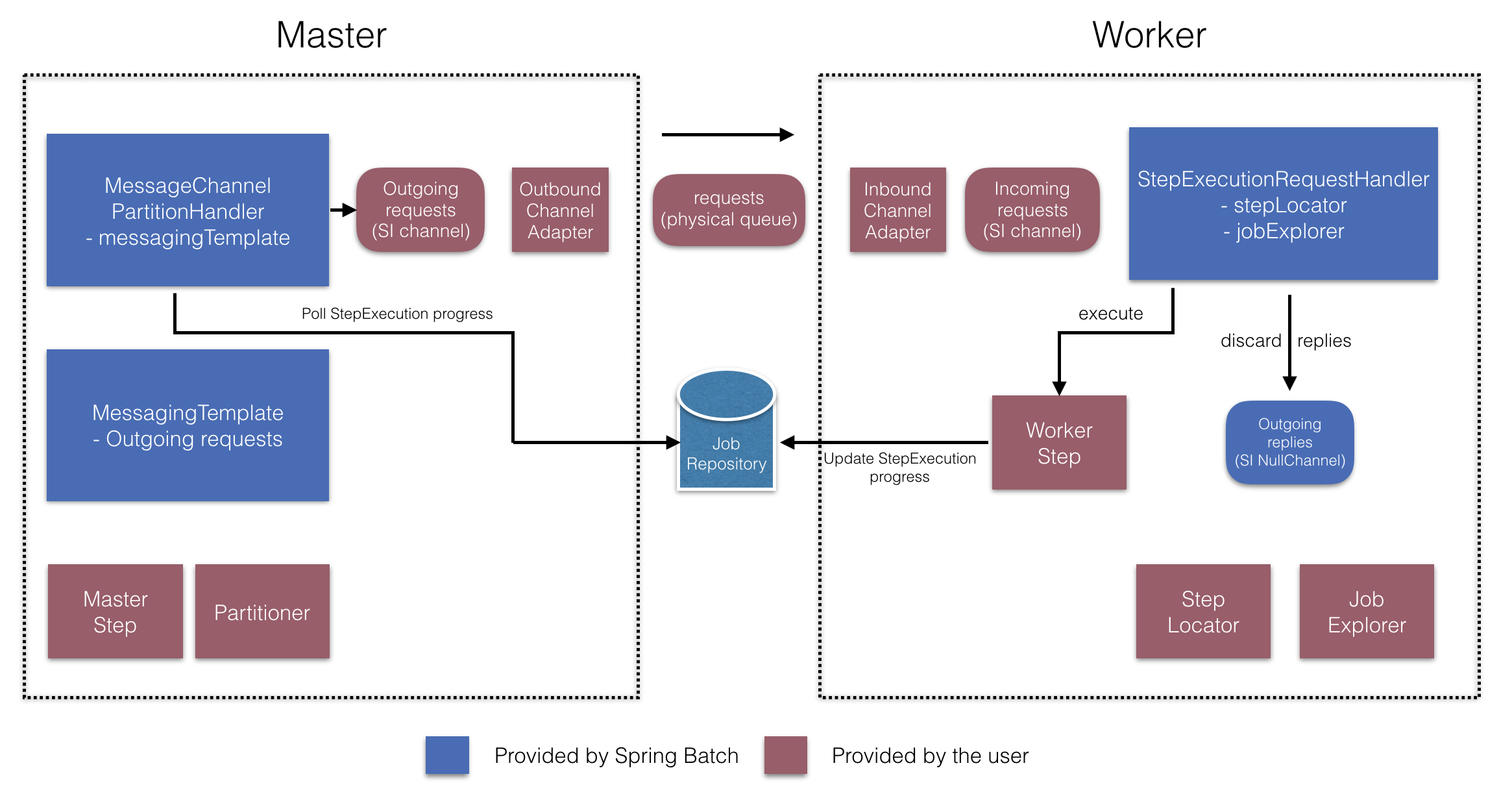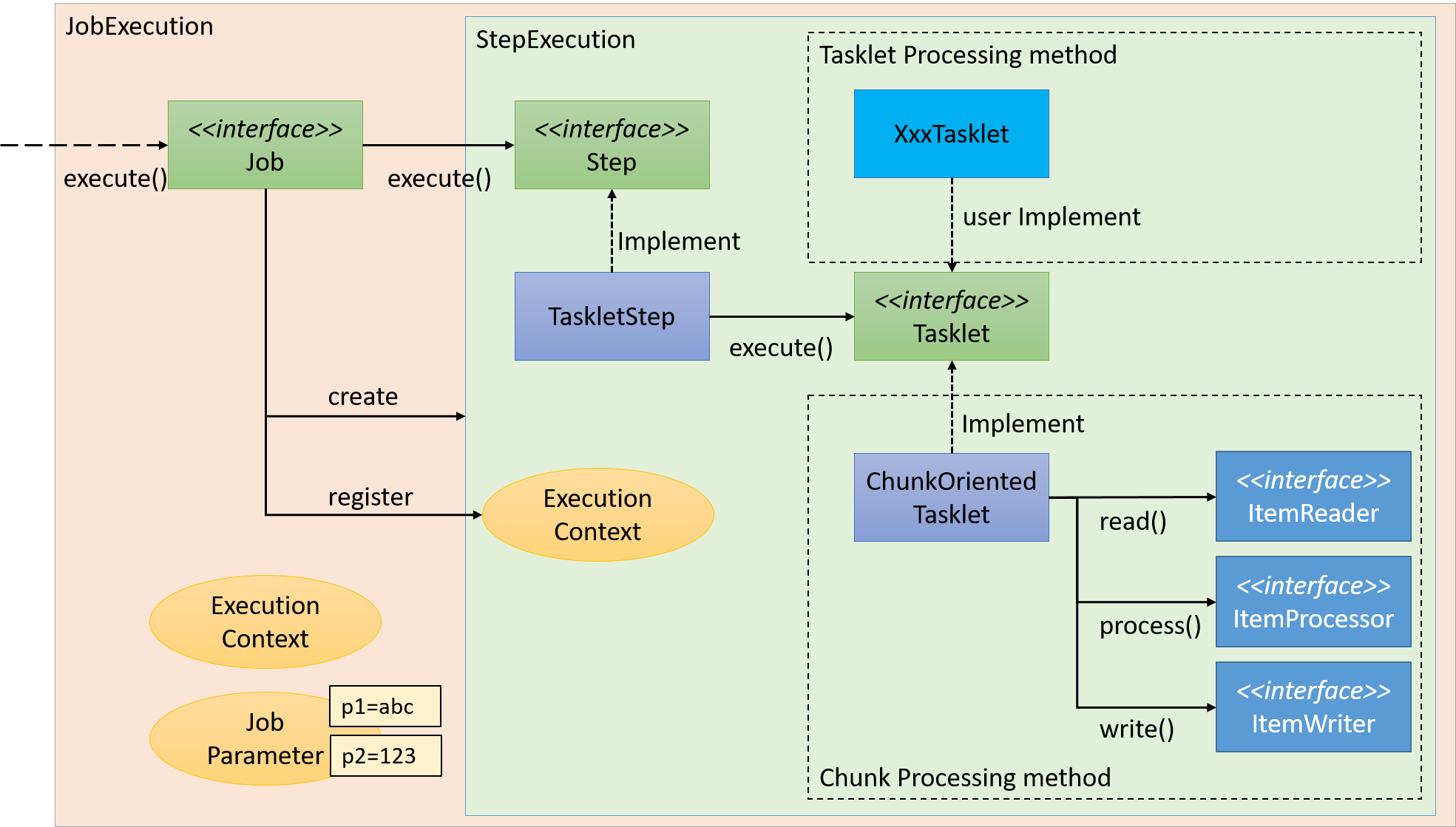Roads & PavementRoads & Pavement
Barefoot
Minimal
Low
Medium
High
Maximal
All around running shoes offer comfort and cushioning for daily runs, jogs, walks, and long mileage. They offer enough versatility for both faster and slower runs and are a great option for those who want one running shoe to do it all.
Fast run or uptempo running shoes are lightweight and responsive. They offer streamlined designs that have minimal uppers and offer a high level of energy return. These shoes are a great option for faster runs in the week or those looking for a livelier experience.
Max Cushion shoes offer premium cushioning with ample ground protection and a stable ride. These types of shoes provide abundant impact protection that softens landings while running at any pace or distance. These types of shoes are best for slower recovery runs and easy days where comfort takes priority.
Racing shoes are designed with optimal performance in mind. These types of shoes have snug-fitting uppers, energetic midsole foams, and features implemented for maximum efficiency. These types of shoes are best for runners looking to gain the ultimate advantage in races but may sacrifice some durability and comfort.
Gym Workout shoes offer a stable and versatile ride. They have a firmer underfoot feeling that provides stability for lateral movements with comfortable uppers. These types of shoes are best for trips to the gyms, cross training, casual wear, and light running. Spring Batch Reference Documentation
Road running shoes feature smooth outsoles that are designed for running on paved surfaces such as roads, sidewalks, and bike paths.
Designed to handle most trail runs, these shoes prioritize comfort and a smooth ride. These shoes are great for anything from smooth singletrack, park trails, and fireroads making them ideal for those who run from their doorstep on streets before hitting the trail.
These shoes are best used for hard, rugged trails such as shale, granite or sandstone where grip on smooth surfaces and underfoot protection are important.
Designed for use in muddy, soggy conditions, these shoes feature very aggressive outsoles that dig deep into soft ground for exceptional traction.
These shoes feature technical outsoles designed to grip snowy and icy trails making them ideal for winter trail running.
Cushioning level, or stack height, refers to how much shoe is between your foot and the ground. For this category, we reference the amount of cushioning below the forefoot as the heel height will be equal to or greater than the forefoot height.
Spring Batch Reference Documentation
0-13mm. The Shoe generally does not have a midsole and feels like there is no cushioning. This shoe is all about feeling the ground underfoot.
14-18mm. The shoe has a thin midsole that allows for a natural running experience. Racing shoes and minimalist shoes are common here. These shoes offer a feeling of being connected to the road or trail.
19-23mm. The shoe has a slightly cushioned feel and may feature added cushioning technologies. Performance training shoes and some trail shoes are common here. These offer protection during footstrike but prioritize a lightweight, grounded experience.
24-28mm. These shoes have a stack height that fall near the middle of the spectrum.The shoes in this category are verstaile and great for all types of runs and distances.
29-34mm. The shoe has a thick midsole and ample cushioning. These shoes are highly protective and absorb more impact than the body.
35mm plus. The shoe has an extremely thick midsole and extra cushioning. The focus is on protection and soft foam underfoot with hardly any ground feel.
Neutral shoes support the foot through a normal range of arch collapse and generally do not have a built-in technology to correct movement.
Stability shoes are a great option for those who overpronate or need added support. These shoes help to limit the inward rolling motion of the ankle while running or walking and assist in guiding the foot straight through the gait cycle. Spring Batch Architecture
Product Details:
Spring Batch Tutorial Batch Processing Made Easy with Spring by clearance, Spring Batch Basics Spring Cloud clearance, Spring Batch PU clearance, Chapter 4. Running batch jobs Spring Batch in Action clearance, spring batch sample src main java com malsolo springframework clearance, An Overview of Batch Processing in Java EE 7.0 clearance, Java Batch PPT clearance, Guide to Spring Batch Processing Toptal clearance, Common Batch Patterns Spring Batch clearance, Getting Started with IBM JSR 352 Java Batch clearance, Chapter 12. Monitoring jobs Spring Batch in Action clearance, Spring Batch Maven and Intellij. Partitioner Reader clearance, Spring Batch Reference Documentation clearance, How to make the JobRegistry contain the job information on server clearance, Spring Batch clearance, Spring Batch Maven and Intellij. Partitioner Reader clearance, 13. Spring Batch Integration clearance, JSR 352 Job Operator Can Neither Abandon nor Stop job post crash clearance, Chapter 12. Monitoring jobs Spring Batch in Action clearance, Spring Batch BatchStatus state transitions clearance, 14. JobExplorer JobRegistry clearance, Chapter 4. Configuring and Running a Job clearance, Chapter 4. Running batch jobs Spring Batch in Action clearance, JSR 352 Batch Standardization InfoQ clearance, Spring Batch Architecture clearance, Spring boot batch cannot stop the job. Scheduler called only clearance, Using Spring Batch in a REST API Application Keitaro clearance, Guide to Spring Batch Processing Toptal clearance, Spring Batch Reference Documentation clearance, Spring Batch 4.0.0 PDF Application Programming Interface clearance, Spring Batch BatchStatus state transitions clearance, Chapter 4. Running batch jobs Spring Batch in Action clearance, Chapter 4. Configuring and Running a Job clearance, JSR 352 Spring Batch and You YouTube clearance, Mastering Spring Application Development clearance, Asynchronous execution Web container clearance, Chapter 12. Monitoring jobs Spring Batch in Action clearance, Using Spring Batch in a REST API Application by Andrej Taneski clearance, Spring Batch Architecture clearance, Spring Batch Reference Documentation clearance, Spring Batch Reference Documentation clearance, A Comparative Analysis of Worker Systems Spring Batch vs. Java clearance, Chapter 12. Monitoring jobs Spring Batch in Action clearance, Spring Batch Tutorial Batch Processing Made Easy with Spring by clearance, Spring Batch Reference Documentation clearance, Configuring and Running a Job clearance, Guide to Spring Batch Processing Toptal clearance, 4. Configuring and Running a Job clearance, 4. Configuring and Running a Job clearance, 4. Configuring and Running a Job clearance, Product Info:
Joboperator spring batch example clearance.
- Increased inherent stability
- Smooth transitions
- All day comfort
Model Number: SKU#7351508





